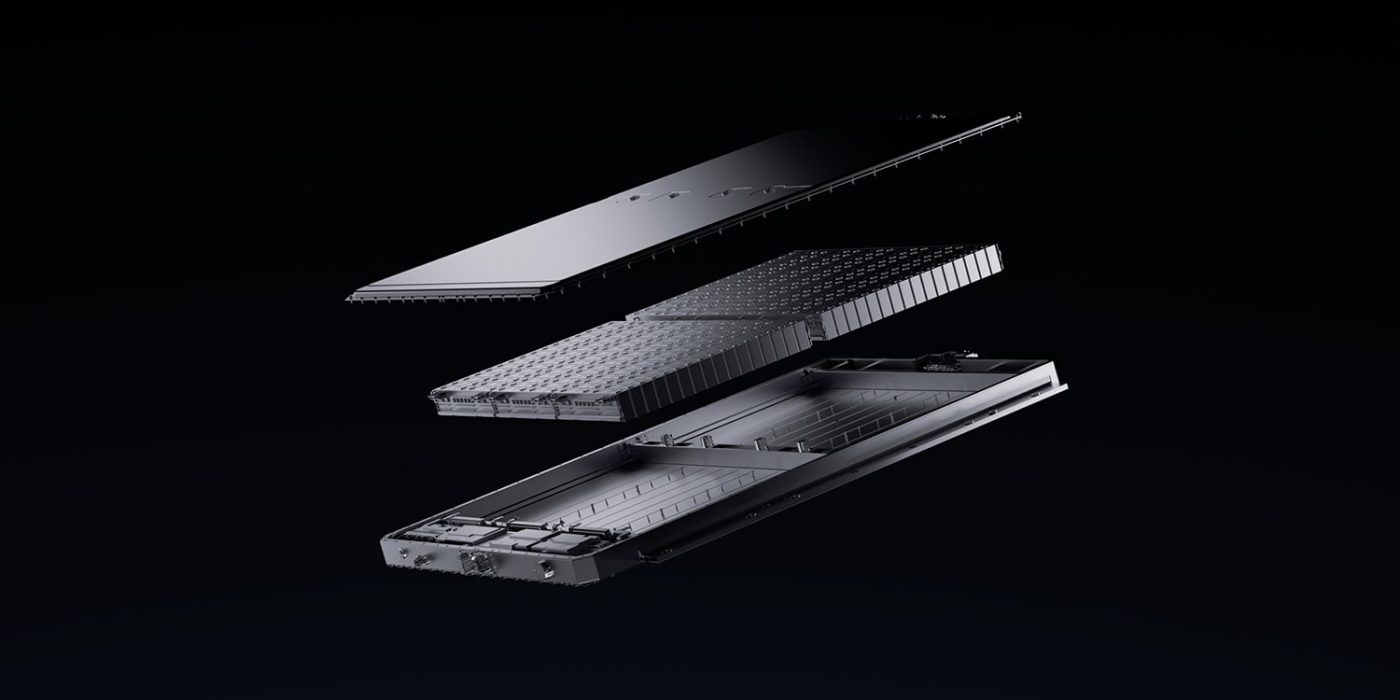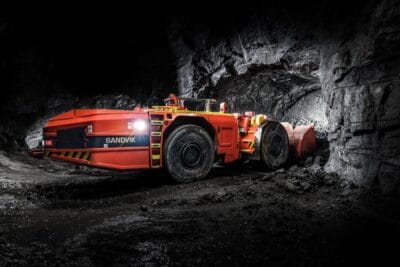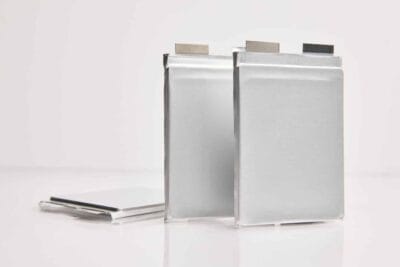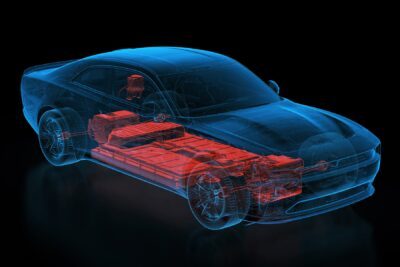CATL to launch LFP battery with 4C this year
CATL has unveiled a particularly fast-charging LFP battery for electric vehicles that is expected to go into mass production as early as the end of 2023. According to CATL, the battery, called Shenxing, can store enough energy for a range of 400 kilometres during a ten-minute charging process thanks to a series of optimisations.
Briefly for context: LFP batteries are considered cheaper and more durable than ternary batteries with NMC or NCA chemistries but weaker in terms of energy density as well as during charging processes in cool temperatures. CATL says it has fine-tuned its LFP technology and significantly improved LFP batteries ready for the market. It is said to enable ranges of “over 700 kilometres” on a full charge. However, CATL does not specify which test cycle.
On the other hand, the Chinese company specifies a charging capacity of 4C for its new Shenxing battery. For example, an 80 kWh battery pack could thus be charged with up to 320 kW. In a statement, CATL says the Shenxing battery charges to 80 per cent SoC in ten minutes at room temperature, and the same charging process takes no more than 30 minutes at lower temperatures down to -10 degrees Celsius. The manufacturer also promises “uncompromised 0-100 kph acceleration performance at low temperatures” – but without being more specific.
“The future of the EV battery technology must remain steadfastly anchored at the global technology frontier as well as the economic benefits,” says Wu Kai, Chief Scientist of CATL. “As EV consumers shift from pioneering users to ordinary users, we should make advanced technology accessible for all and enable everyone to savour the fruits of innovation.”
CATL plans to start mass production of the new battery before the end of the year, and the first electric cars equipped with the Shenxing battery are expected to hit the market as early as the first quarter of 2024.
It sounds as if CATL already has customer orders for the battery innovation now presented, but the company does not officially comment on this.
CATL has optimised all battery components
For those interested in the inner workings of batteries, the Chinese also provide details on the individual starting points for improving the LFP battery. For example, according to the manufacturer, Shenxing uses “super electronic network cathode technology and fully nano-crystallised LFP cathode material to create a super electronic network, which facilitates the extraction of lithium ions and the rapid response to charging signals.”
CATL also says it uses its “second-generation fast ion ring technology” to change the properties of the graphite surface, increasing the intercalation channels and shortening the intercalation distance for lithium ions, which in turn should result in extremely fast current conduction. The group has also developed a multi-stage electrode design “to strike a perfect balance between fast charging and long range.”
Also in focus: the electrolyte and the separator. For the former, CATL says it uses a new formula that reduces viscosity and thus increases conductivity. In addition, the company says it has improved the particularly thin SEI film to reduce the resistance of lithium-ion movement. Concerning the separator, the company’s developers lowered the transfer resistance of lithium ions with high porosity, thereby shortening the average transfer distance.
“With the advancement of battery technology and the significant improvement of overall performance of EV batteries, the industry has achieved long driving range for EVs,” CATL writes. It says the problem of fast charging is the most important factor preventing consumers from switching to electric vehicles. The Shenxing battery, with its 4C rate, is supposed to remedy this.
Shenxing is already the second innovation that CATL has presented this year: In April, the Chinese battery giant presented its ‘Condensed Battery’, which is said to be suitable for electric aircraft with an energy density of up to 500 Wh/kg at the cell level.





0 Comments